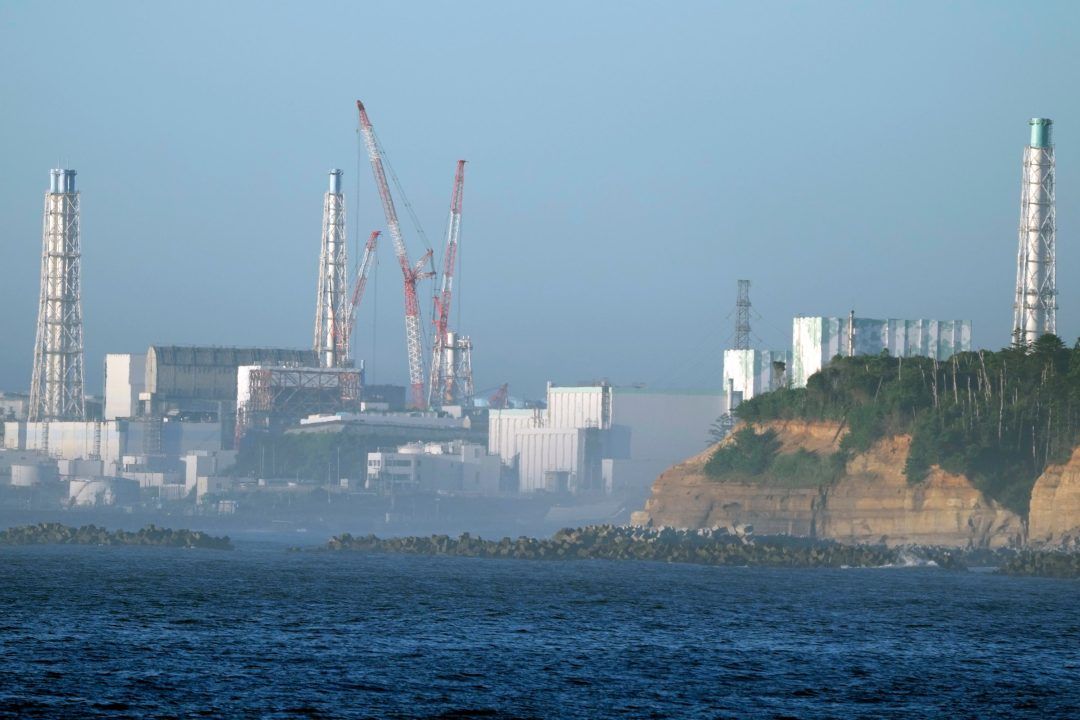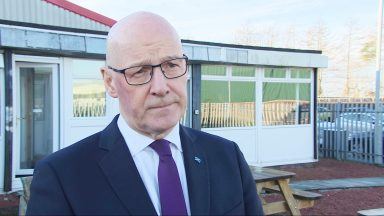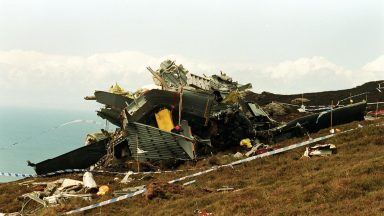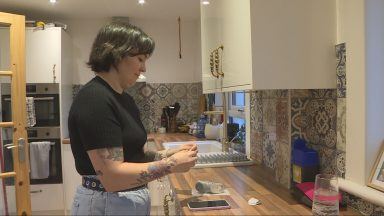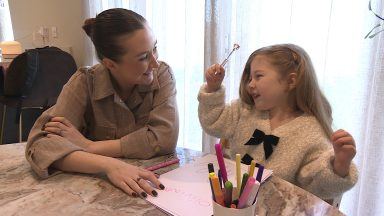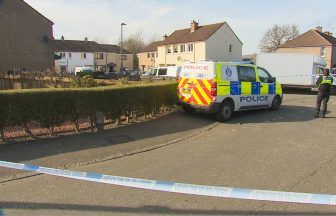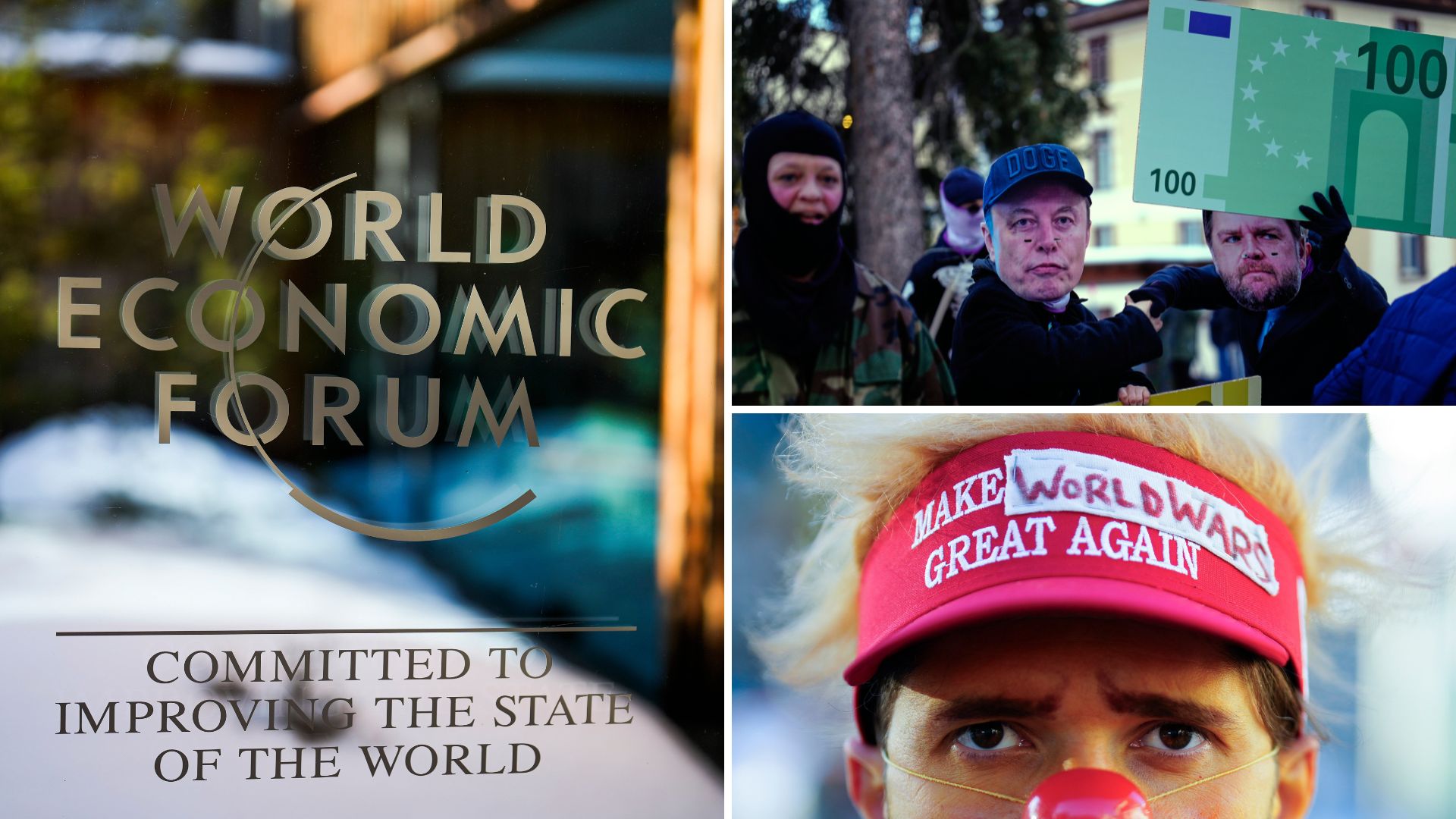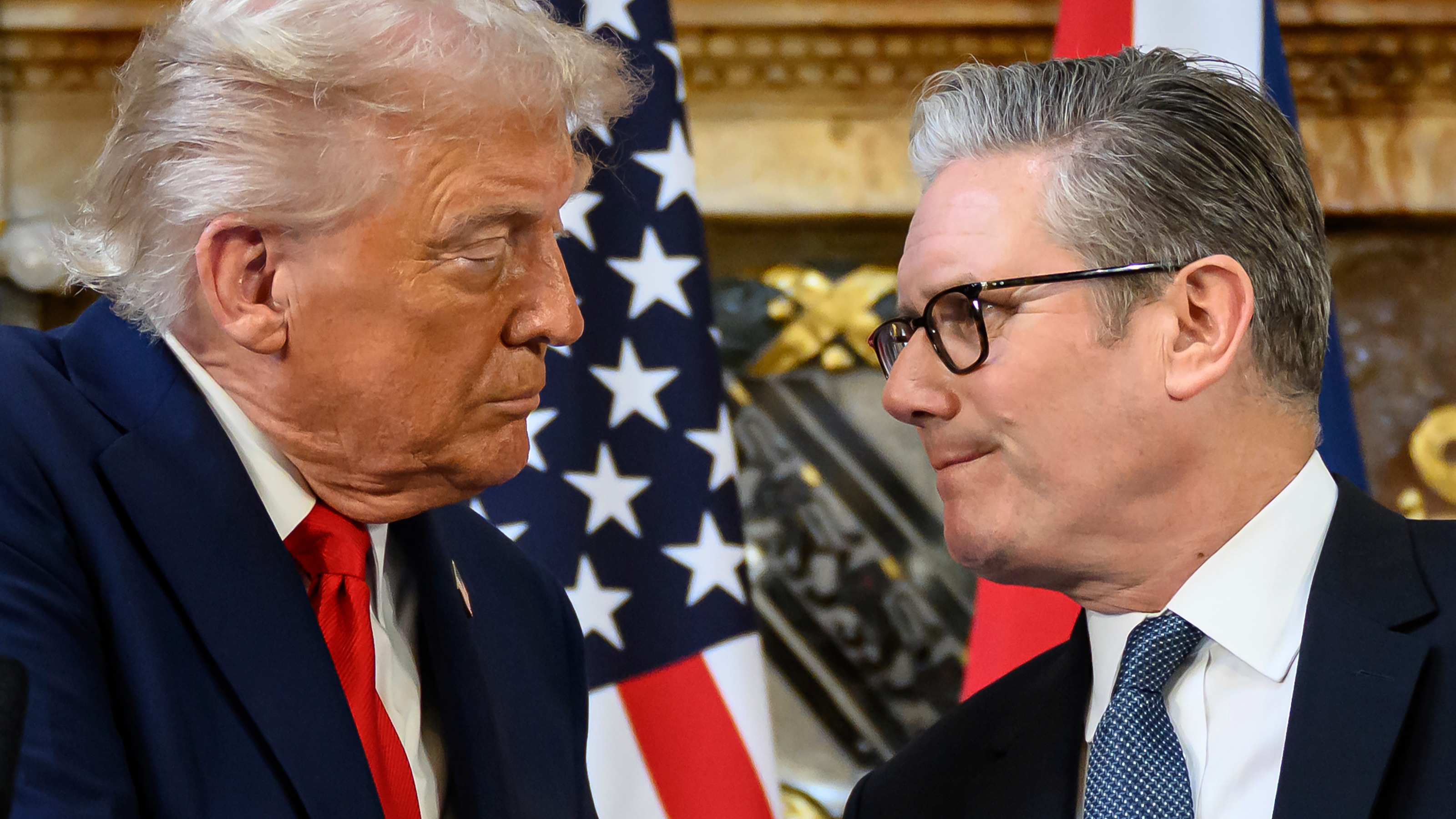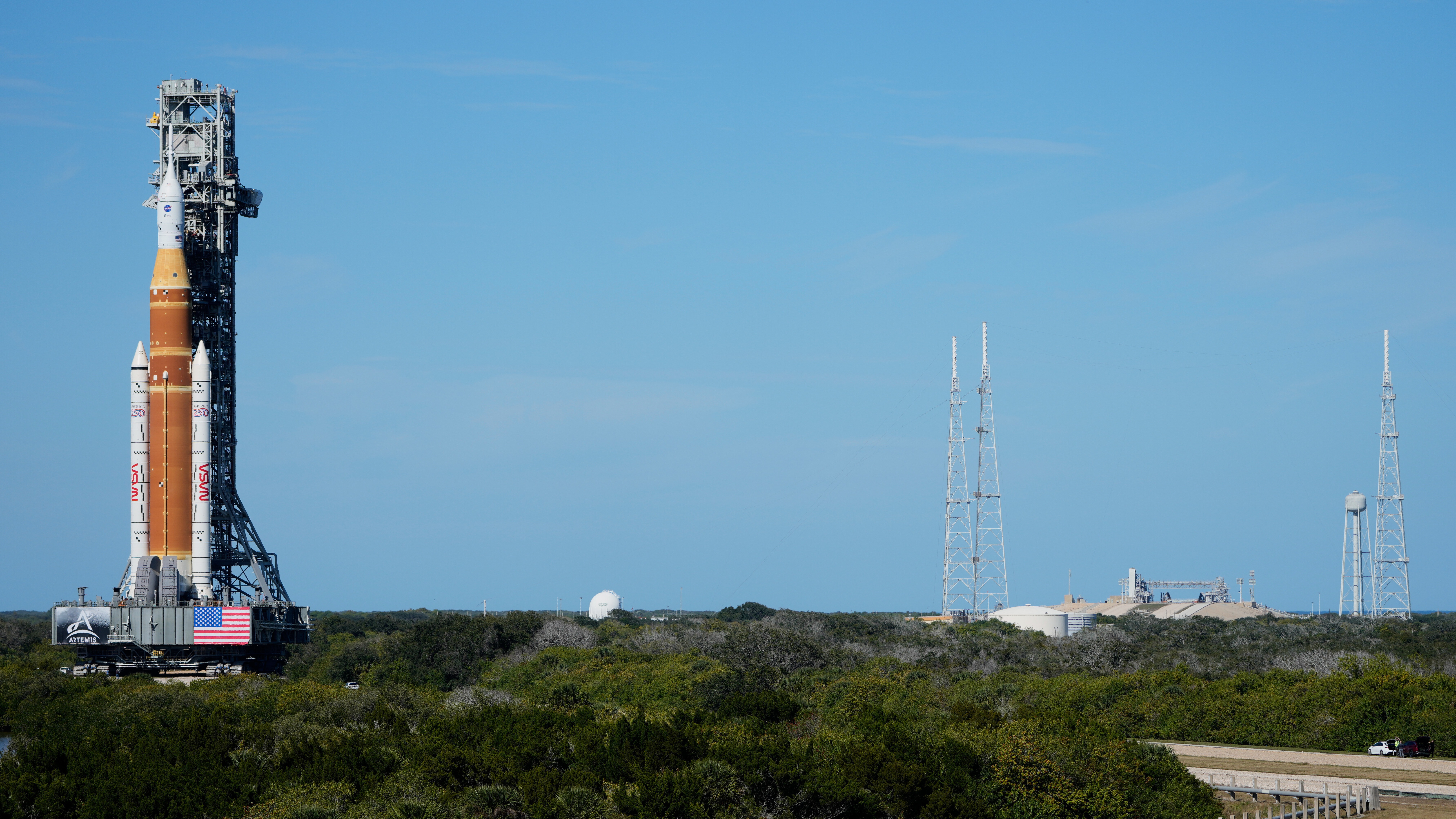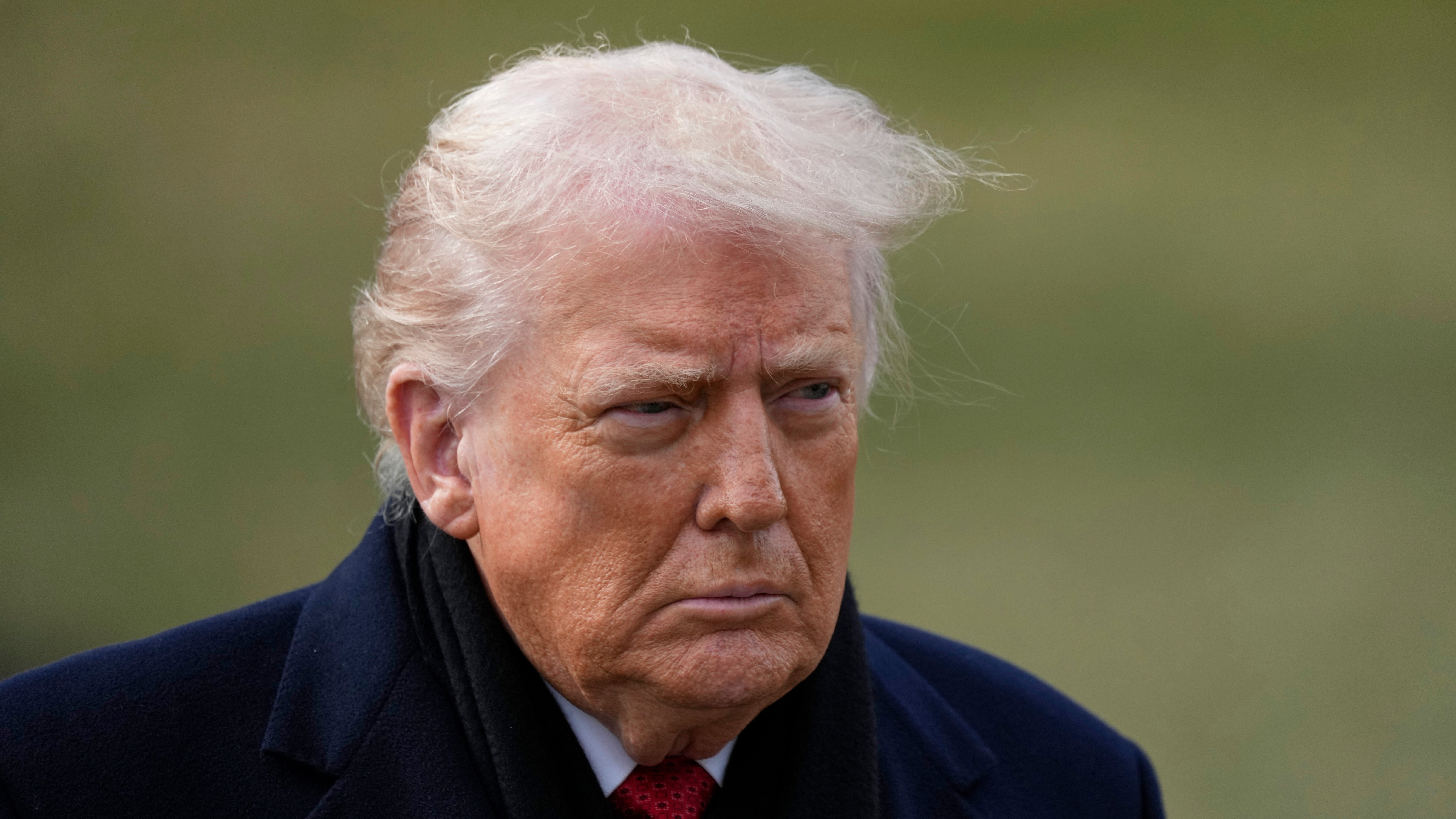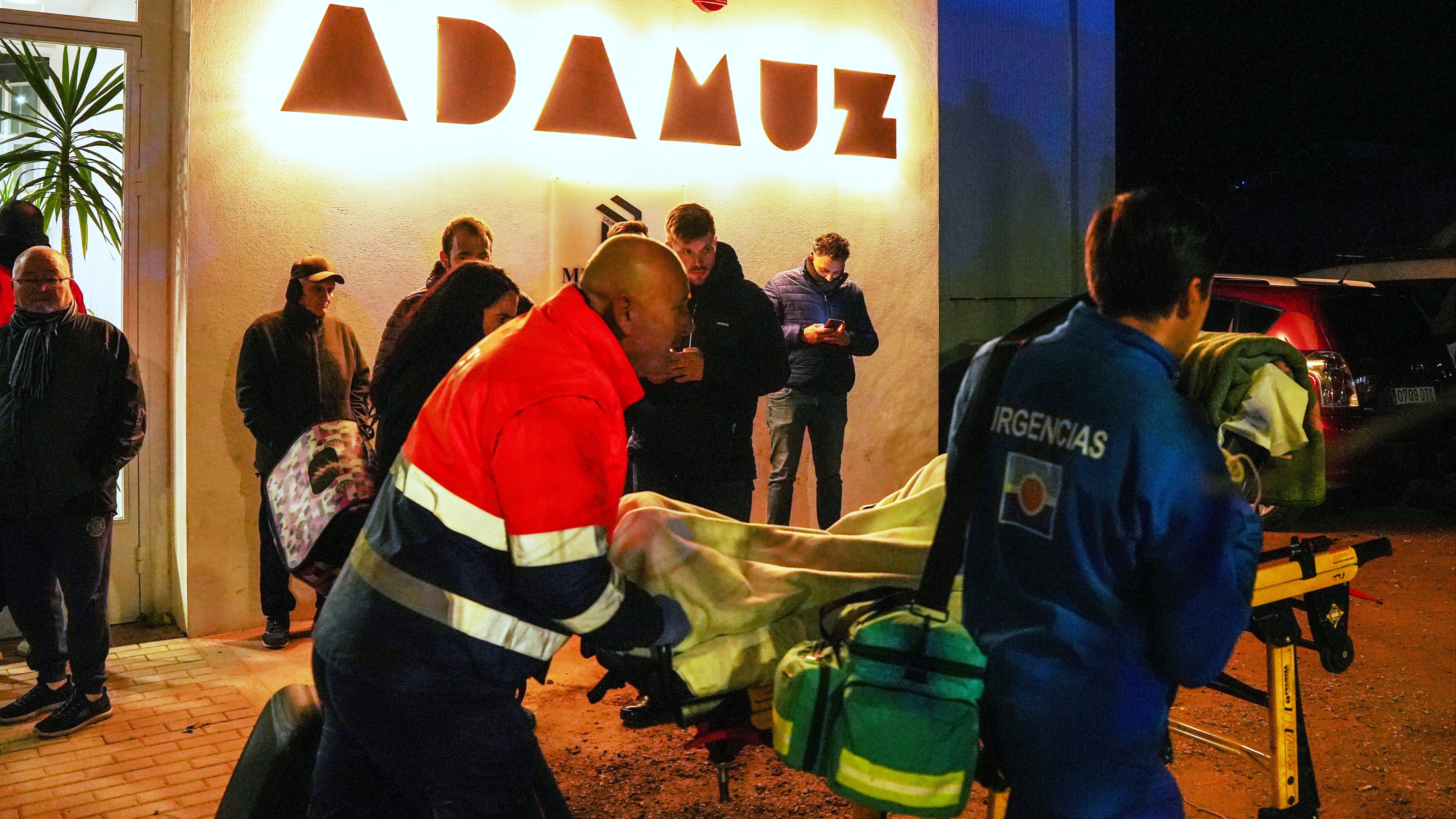The operator of the tsunami-wrecked Fukushima Daiichi nuclear power plant says it has begun releasing a first batch of treated radioactive water into the Pacific Ocean.
A live video from a control room at the plant on Thursday showed a Tokyo Electric Power Company Holdings (TEPCO) staff member turn on a seawater pump, marking the beginning of the controversial project that is expected to last for decades.
“Seawater pump A activated,” the main operator said, confirming the release was underway.
Japanese fishing groups have opposed the plan due to concerns over further damage to the reputation of their seafood. Groups in China and South Korea have also raised concern.
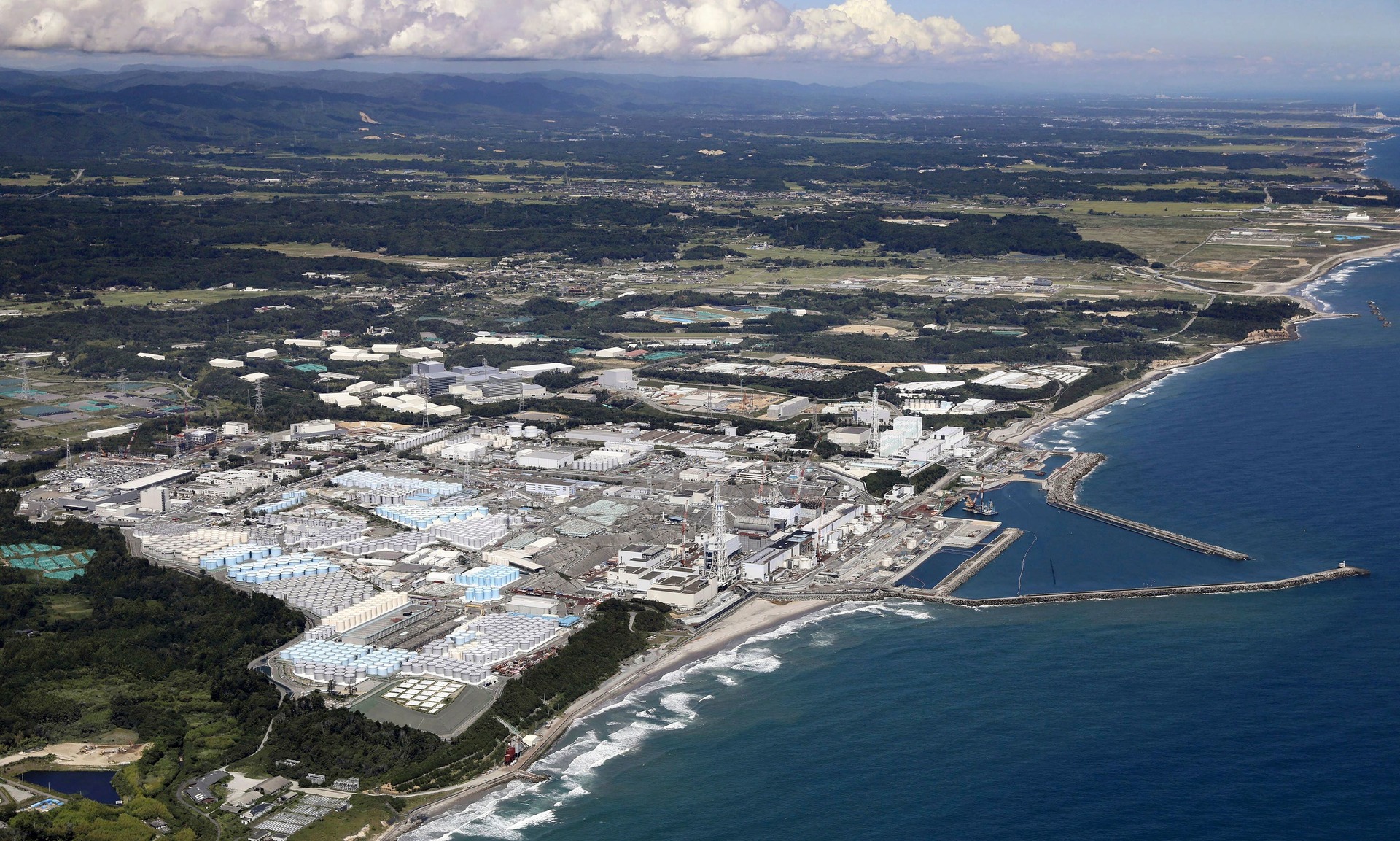 PA Media
PA MediaThe Japanese government and TEPCO say the water must be released to make room for the plant’s decommissioning and to prevent accidental leaks.
They say the treatment and dilution will make the wastewater safer than international standards and its environmental impact will be negligibly small. But some scientists say long-term impact of the low-dose radioactivity that remains in the water needs attention.
The water release begins more than 12 years after the March 2011 nuclear meltdowns, caused by a massive earthquake and tsunami. It marks a milestone for the plant’s battle with an ever-growing radioactive water stockpile that TEPCO and the government say have hampered the daunting task of removing the fatally toxic melted debris from the reactors.
The pump activated on Thursday afternoon would send the first batch of the diluted, treated water from a mixing pool to a secondary pool, where the water is then discharged into the ocean through an undersea tunnel.
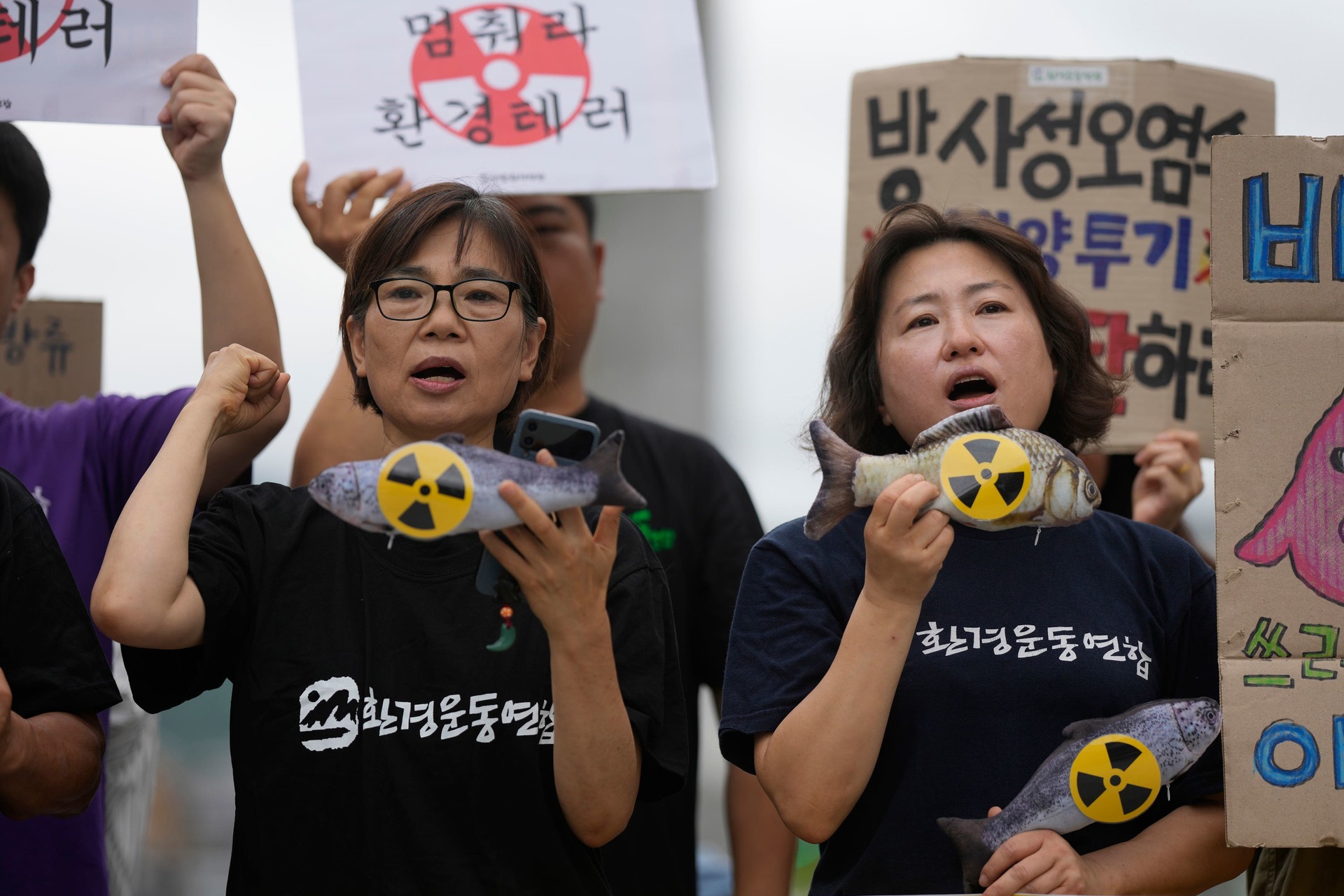 PA Media
PA MediaThe water is collected and partly recycled as cooling water after treatment with the rest stored in around 1,000 tanks, which are already filled to 98% of their 1.37-million-ton capacity.
Those tanks, which cover much of the plant complex, must be freed up to build the new facilities needed for the decommissioning process, officials said.
Prime Minister Fumio Kishida said it is indispensable and cannot be postponed. He noted an experimental removal of a small amount of the melted debris from the Number 2 reactor is set for later this year using a remote-controlled giant robotic arm.
TEPCO executive Junichi Matsumoto said the release was beginning with the least radioactive water to ensure safety.
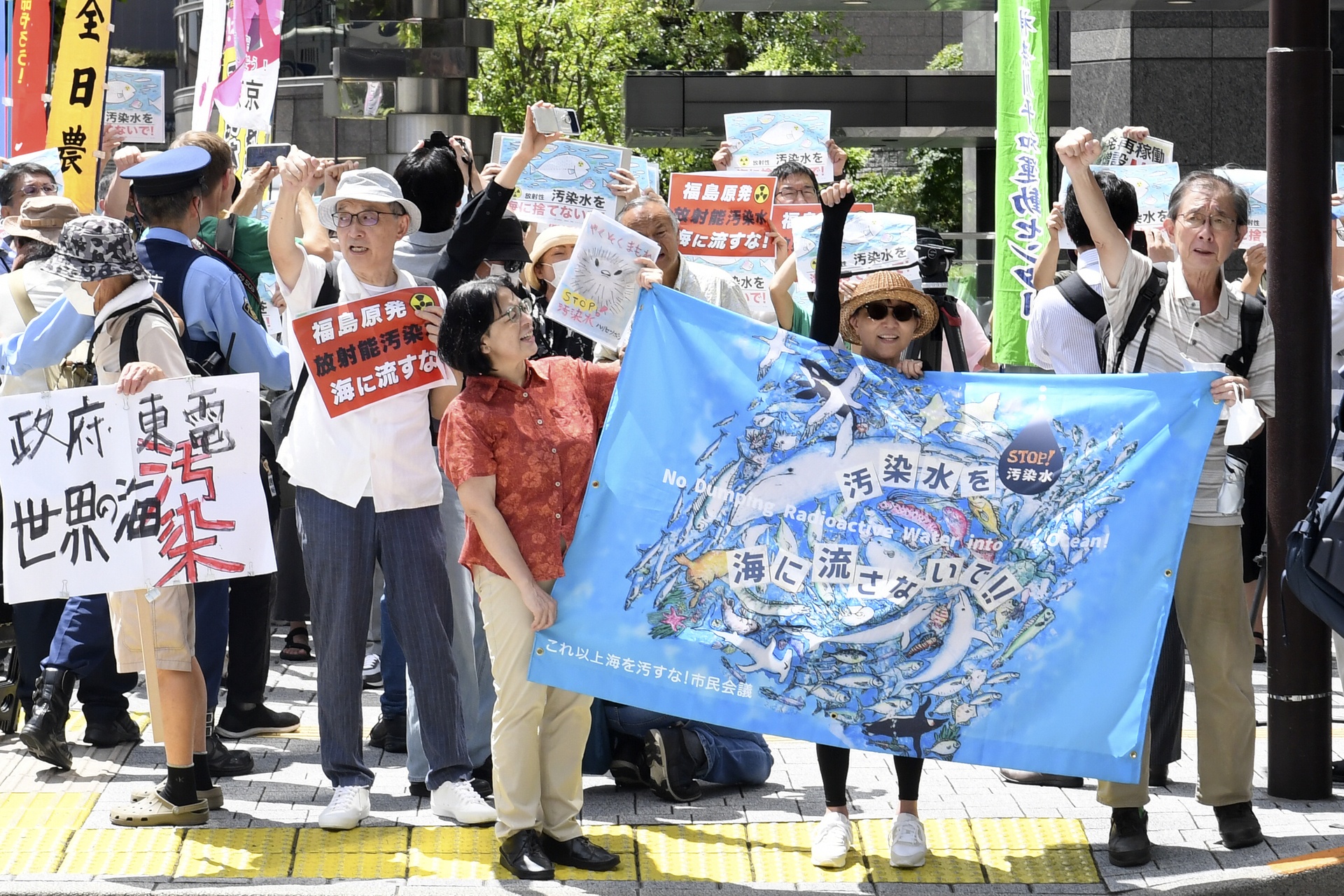 PA Media
PA MediaFinal preparation for the release began on Tuesday, when just one ton of treated water was sent from a tank for dilution with 1,200 tons of seawater, and the mixture was kept in the primary pool for two days for final sampling to ensure safety, Mr Matsumoto said.
A batch of 460 tons was to be sent to the mixing pool on Thursday for the actual discharge.
Fukushima’s current fish catch is only about one-fifth its pre-disaster level, in part due to a decline in the fishing population.
China has tightened radiation testing on Japanese products from Fukushima and nine other prefectures, halting exports at customs for weeks, Fisheries Agency officials said.
Follow STV News on WhatsApp
Scan the QR code on your mobile device for all the latest news from around the country


